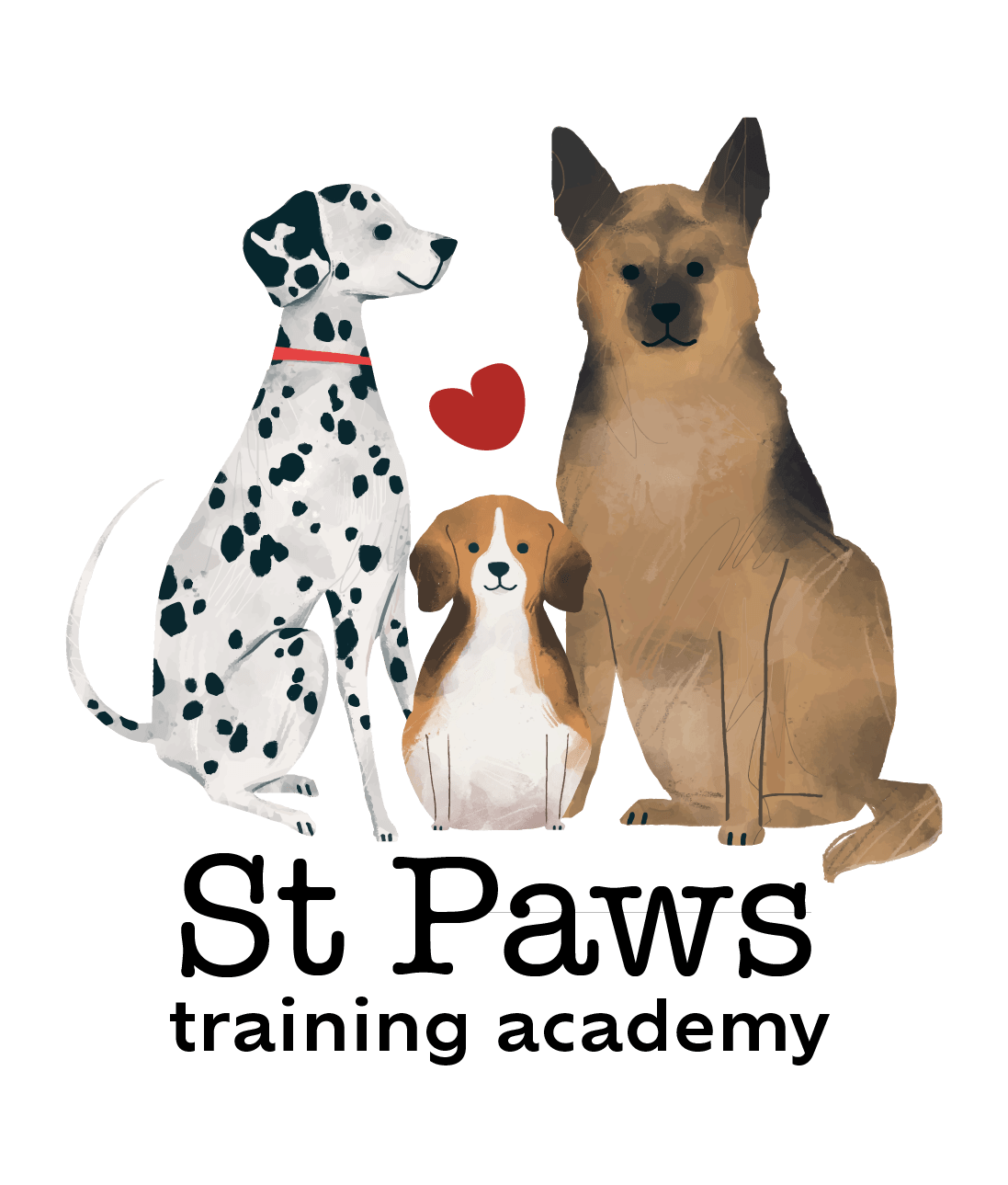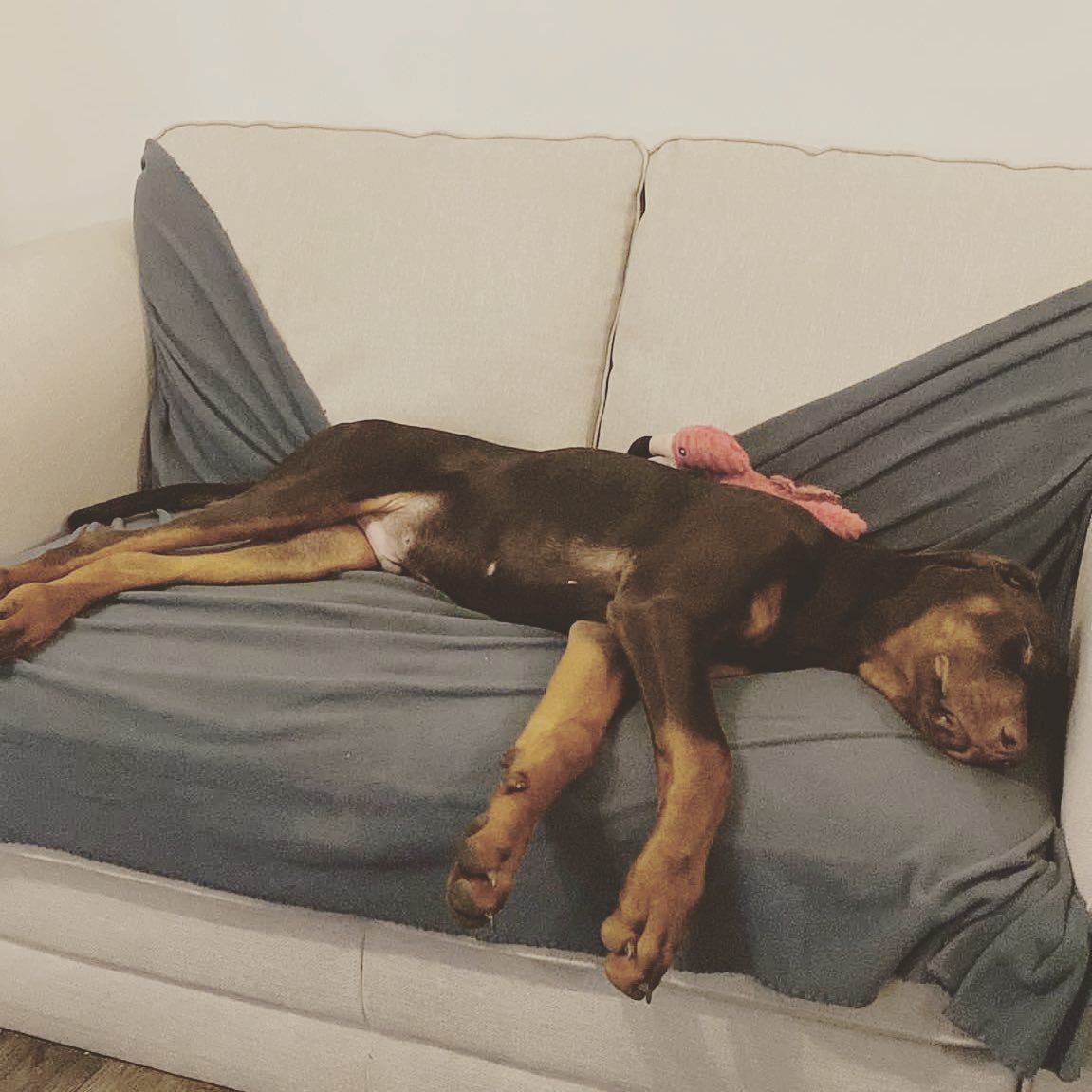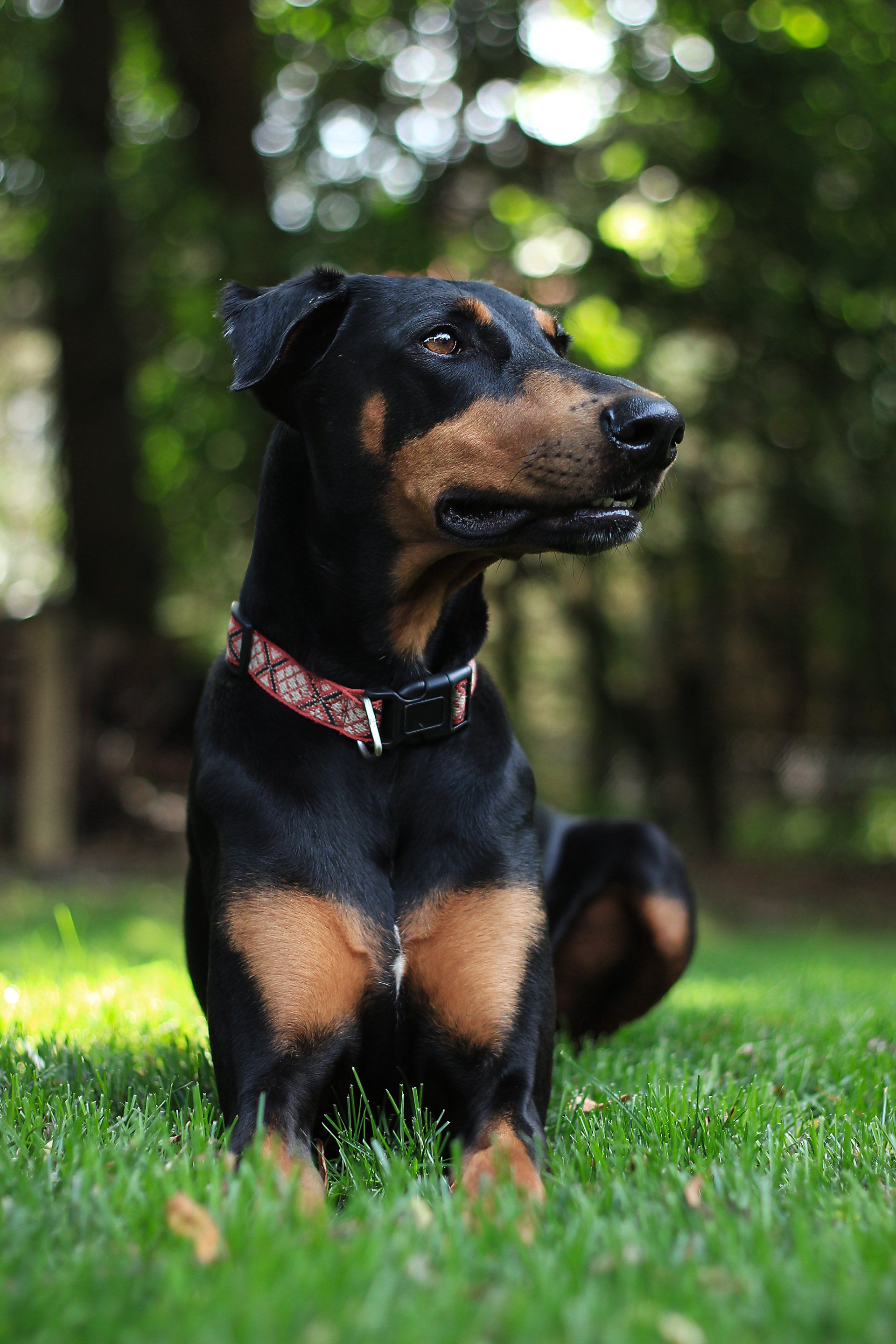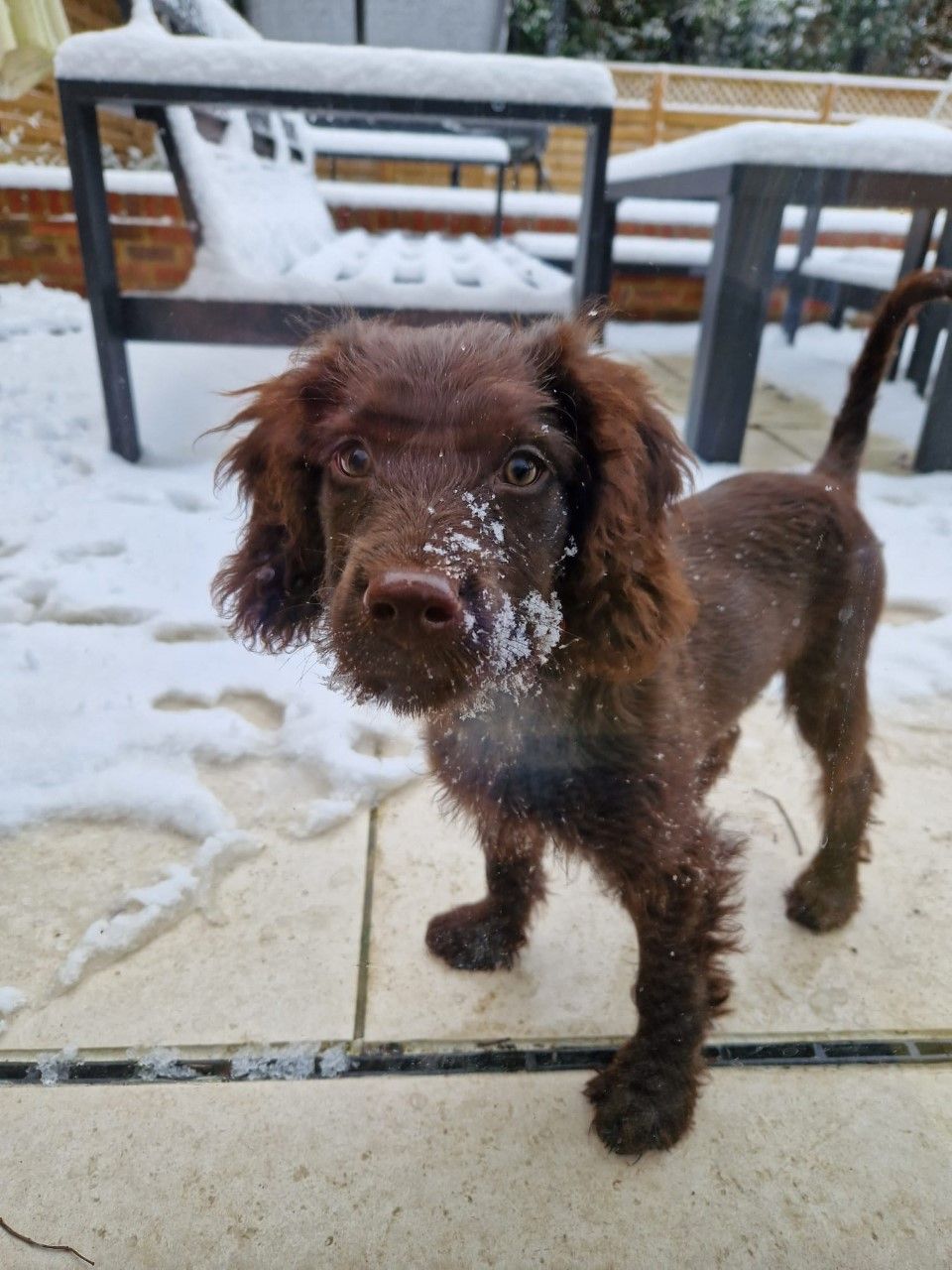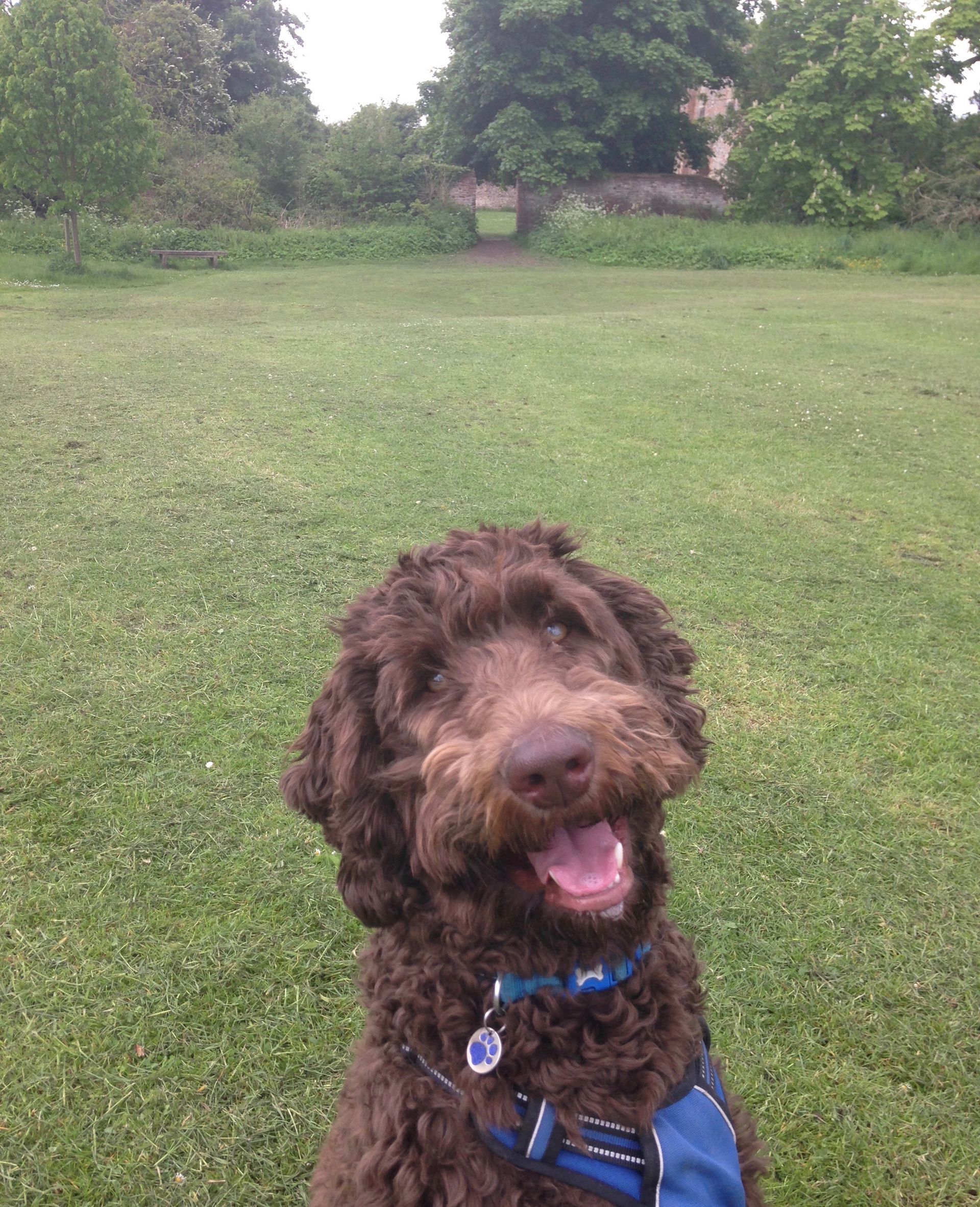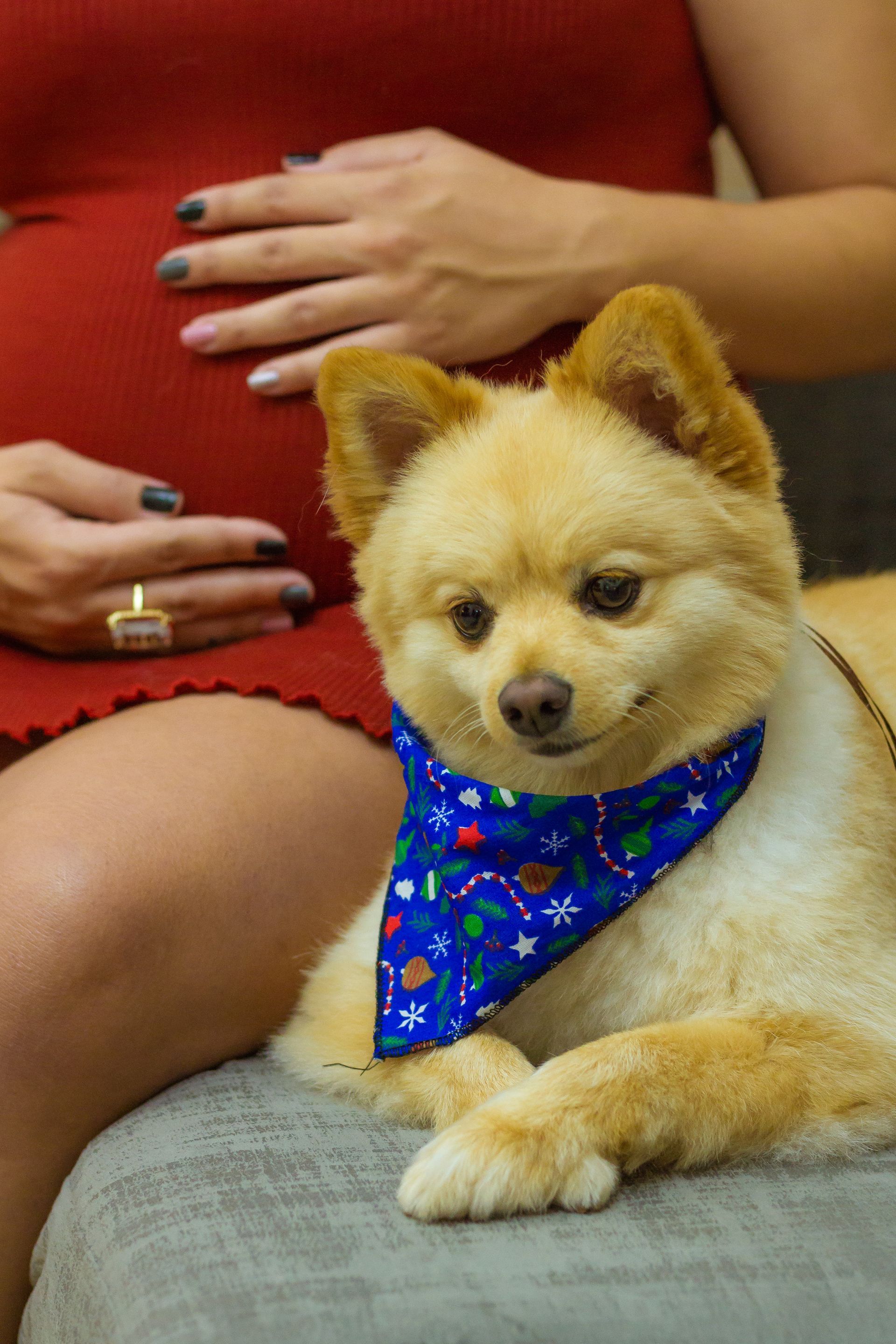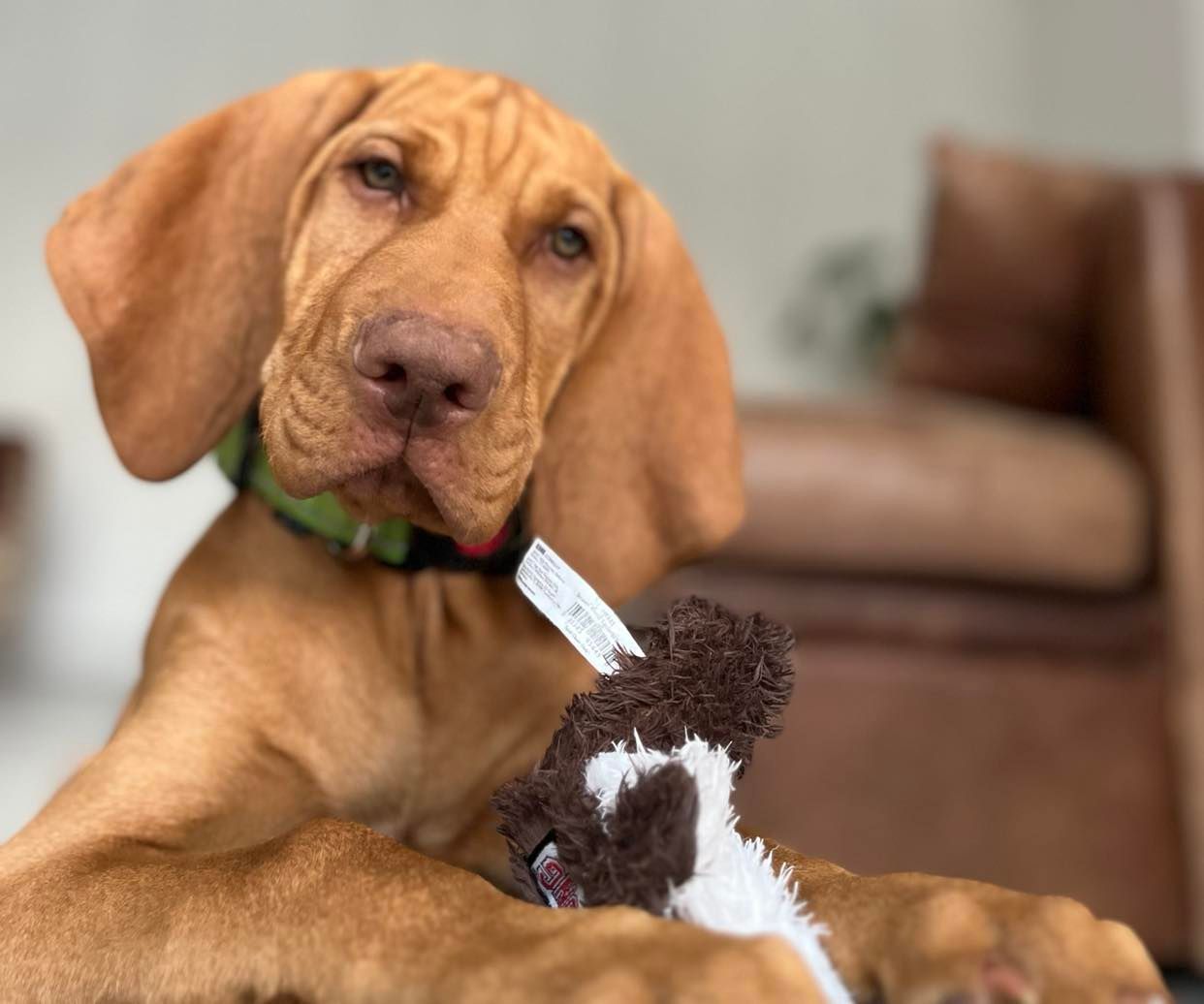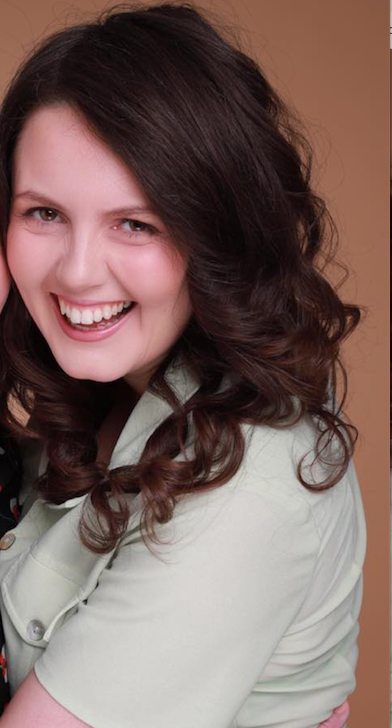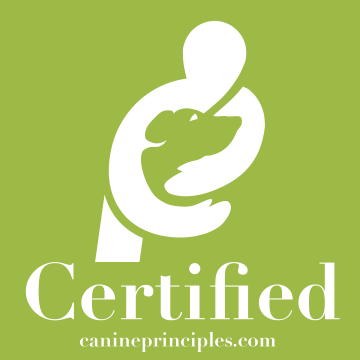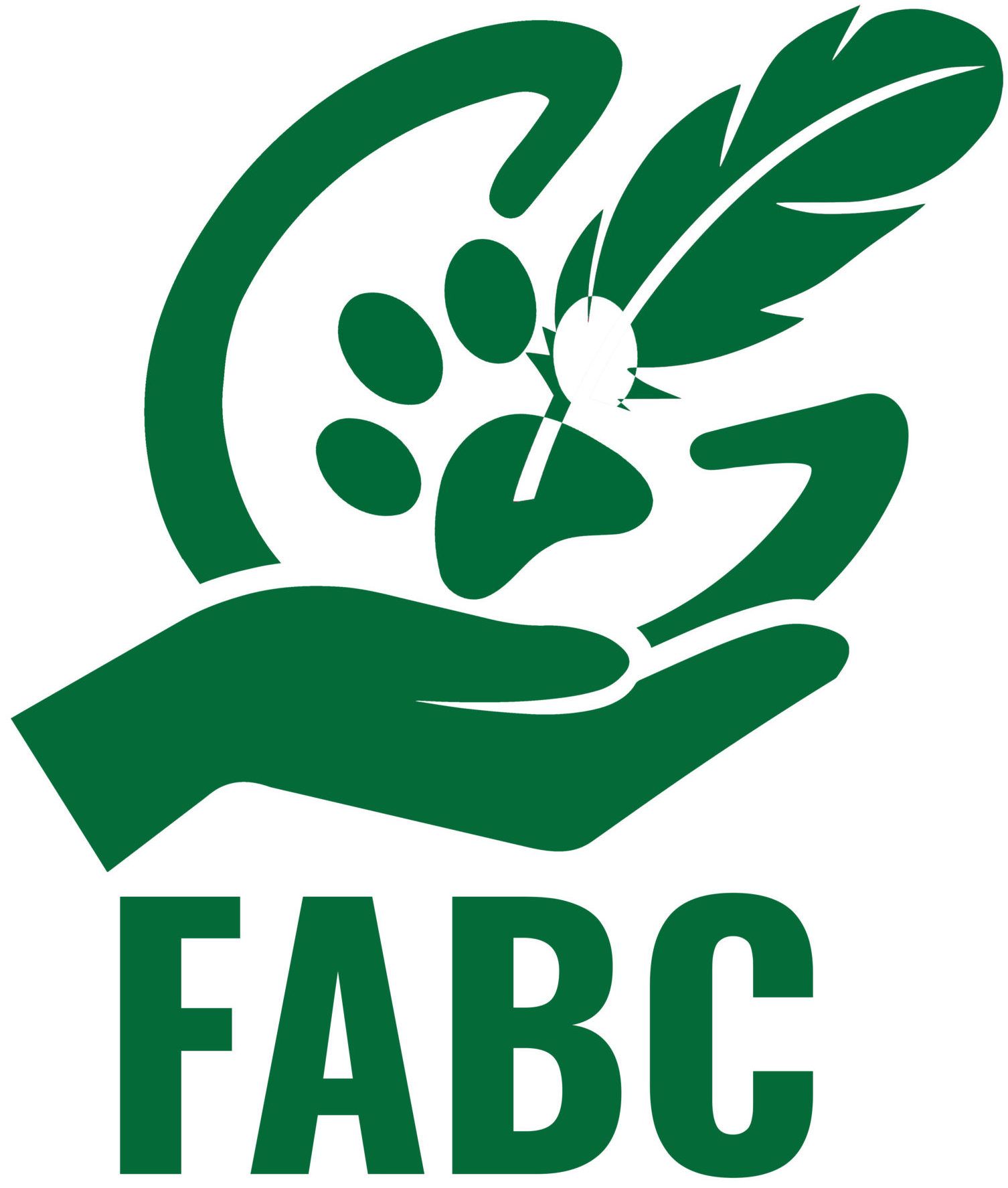Keeping pets warm and safe this winter
Indoors and outdoors
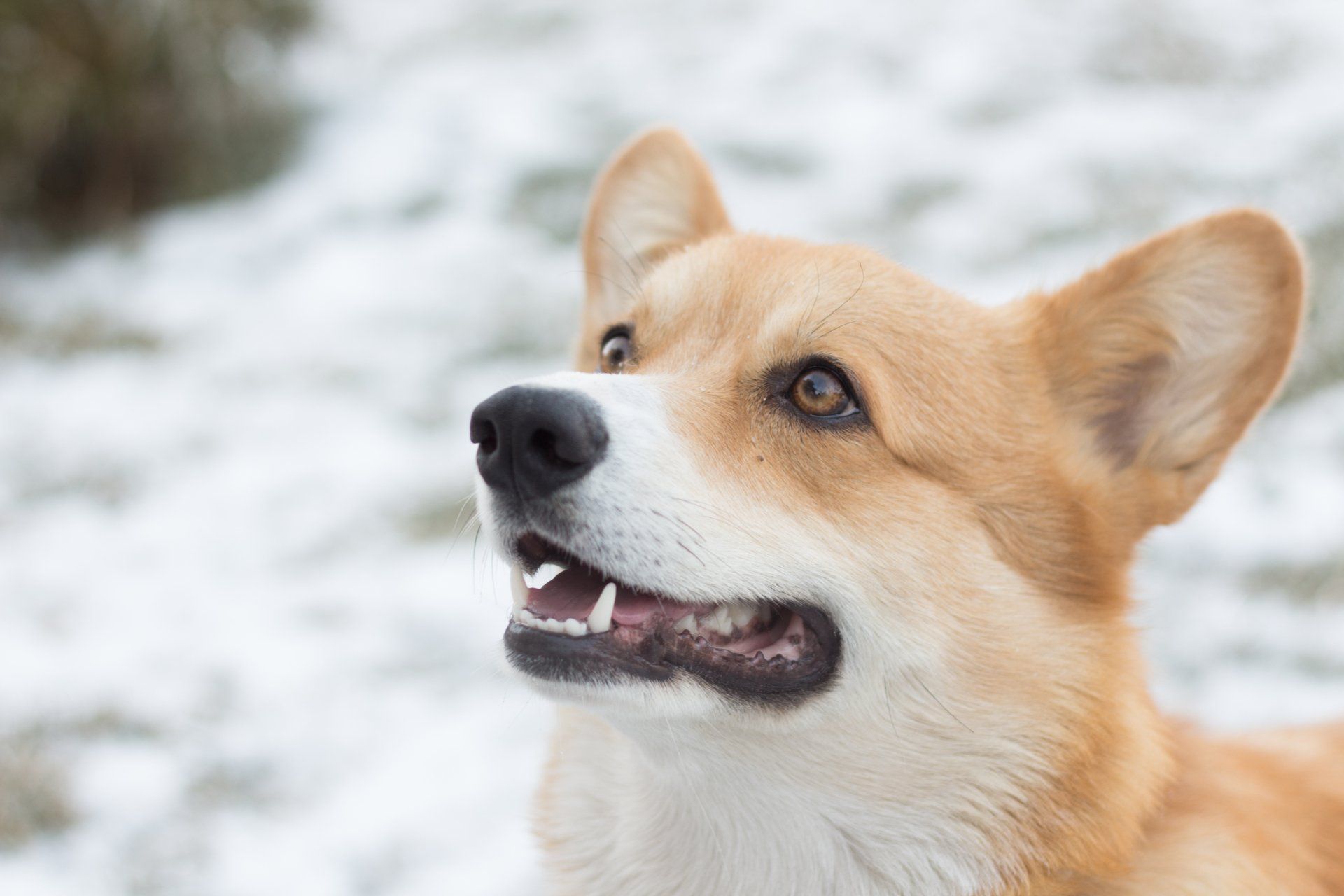
During the winter months it can get very chilly. Here are some considerations to keep your pet warmer, safer and toasty this winter.
Walks
Purchasing a jacket for your dog will help keep them warmer, especially the breeds with thin fur such as the Hungarian Vizsla. Not all dogs will like jackets, so it’s important to introduce them slowly. To do this show them the jacket and give them a tasty treat – repeat this step many times. Then gradually get closer with the jacket and give them a tasty treat. Touch them with the jacket then give a treat – repeat. Gradually build up to putting it on them. Some dogs may be nervous of the sound of the zip so again pairing this sound with a treat is important. Be mindful of catching fur in the zip as this can be painful.
Getting in and out of the car can be tricky when it’s wet. A dog can slip and injure themselves so a ramp is a very sensible idea.
Wipe their paws
There is a lot of grit and salt on the roads and pavements at the moment so be sure to wipe your dogs paws down. Teaching them paw – front and back is good for this.
If your dog has arthritis then utilising mud mats is a sensible idea.
You can teach them to walk in a shallow warm water so they can get the grit off their paws.
At home
Keep the anti freeze out of sight and reach – it is toxic for pets.
At night
Make them a hot water bottle and pop it in the bed under the blanket.
You can also purchase microwavable items to keep your dogs warm.
Popping their bed by the fire or radiator will be favoured by them!
Move their bed and crate away from any drafty areas.
Pop loads of blankets on their bed so that they can make a den for themselves.
A cat house can be popular with cats if they still want to go outside. Ensure the water doesn’t freeze that is outside for them.



